Want to Become a Medical Translator? Here’s What You Need
CLEAR WORDS
TRANSLATIONS
All News
مارس 27, 2019 |
Want to Become a Medical Translator? Here’s What You Need
Medical translation is one of the most challenging types of translation services, due to its high level of difficulty and the risks any error can generate. It’s a highly specialized area of activity for all translators and often there’s a shortage of specialists for medical translators in this field. So, if you want to become a medical translator, there’s plenty of work as long as you’re qualified.
For medical translators and interpreters, being fluent in a language pair isn’t enough. People who are native speakers of two languages have an advantage. But medical translation also requires continuous training and several years of practice.
Furthermore, if you want to build a career in medical translation, you’ll need to pass language proficiency tests. You’ll also need to get certifications from authorized institutions.
It’s a job in which you never stop learning, as medicine is an innovative industry. The technology generates new products, procedures, and terms almost every day.
Still think you want to become a medical translator? This is the article for you.
The Difference Between Medical Translation and Interpretation
Translation and interpretation both require qualifications and specific knowledge–most language specialists handle medical data and sensitive information that could influence people’s health.
However, the two professions are very different. They include working in unique environments and involve diverse tools to work with.
Translators work with medical papers, article journals, research, study protocols, and other written content necessary in the pharma and healthcare industry.
They can read the text as many times as they need to, use dictionaries, carry out additional research to find the correct terminology, and edit the translated content.
On the other hand, interpreters translate on the spot and can only rely on their memory and skills to facilitate communication between patients and healthcare providers.
In an industry in which even the smallest error can put a person’s life at risk, medical interpreters must find their words quickly, without dictionaries, glossaries of terms, or CAT tools.
Often, interpreters are compelled to switch between tasks within seconds. They listen in one language, memorize, translate, and speak in a different language. This job requires a deep understanding of the cultural dimension of both languages. You’ll also need empathy, excellent communication skills, and extreme attention to detail.
What Is Medical Translation?
Medical translation requires 100 percent accuracy. Precision is vital when translating any medical content, whether it’s patient case reports, product information leaflets or packaging information for the pharma industry.
The most common translated medical documents are clinical trials, clinical protocols, package inserts, and labels, manufacturing process descriptions, production manuals, protocols, pharmacological studies, scientific journal articles, and regulatory documents.
As a medical translator, you’ll need technical knowledge. A background in the area of medicine that matches the subject you translate is also preferable.
You’ll work with manufacturers of medical equipment, pharmaceutical companies, healthcare managers, and clinical research organizations (CROs). All your clients rely on your ability to deliver error-free documentation and sensitive data. There’s no room for guessing or improvising here.
A medical translator should have in-depth knowledge about local laws as well. Most countries have rigid regulations in place regarding medicine approval and medical procedures. Any error can cause your client delays or even the missed approval of selling specific medicine in local markets.
The medical industry operates using thousands of medical terms that are rarely interchangeable. So you should have access to excellent resources and accurate glossaries of terms to make your job easier.
In this domain, even the smallest mistake can change the composition of medicine or an essential medical procedure. This could have potentially severe effects on patients’ lives.
That’s why, in this field, you’ll need to build in multiple levels of control in your translated content. Proofreading your translation several times before sending it to the client is essential.
What Is Medical Interpretation?
Medical interpreters, on the other hand, overcome language and cultural barriers by connecting patients with healthcare providers. They’re similar to mediators who facilitate communication when the patient doesn’t speak the same language as his or her doctors.
Medical interpretation requires a profound knowledge of medical terminology, both in the source and target languages. That’s because the interpreter doesn’t translate just from one language, but from two, depending on which side is speaking.
A medical interpreter needs excellent skills to be able to understand what the patient is saying. This often includes body language and facial expressions to explain the patient’s symptoms and help the doctors come up with an accurate diagnosis.
Interpreters should be familiar with medical terminology, but they also need to know how people speak so that they can translate their symptoms. Good knowledge of simple words (even slang) is a must when working in this field because patients don’t use complicated medical terms to describe how they feel.
Medical interpretation services can be provided on site, but also over the phone or through a video conference. In both cases, the language specialist needs to be doubly focused on the patient’s needs to provide accurate services.
Credentials and Certifications to Become a Medical Translator
Medical translation and interpretation are highly-regulated in most countries. From the two professions, medical interpreters seem to need more qualifications, however. Sometimes, not even bilingual doctors are encouraged to do an interpreter’s job in the hospital, as medical interpretation requires such complex communication skills.
As a general guide, for medical translation and interpretation, you need to prove your proficiency in both English and a second language (native or near native-level). Moreover, if you want to become a medical translator, you should follow a training program accredited by the National Commission for Certifying Agencies.
No Place for Assumptions
Medical translation and interpretation is a well-defined field. While you may not always need for a Bachelor’s degree in interpretation or a foreign language, the better you know your pair of languages, the lower the chances of making mistakes.
It’s an area of continuous learning to keep up with the latest terminology and medical jargon. A good way to stay updated is by getting in touch with a local medical translator organization. When you collaborate with colleagues in the field, it’s easier to stay on your game and provide excellent services.










